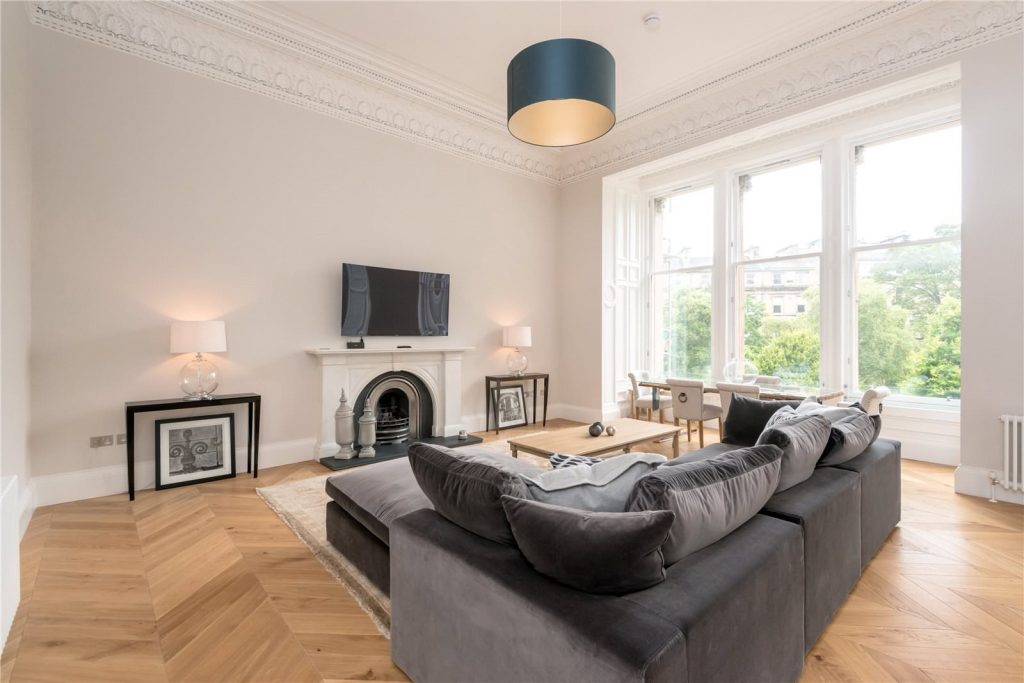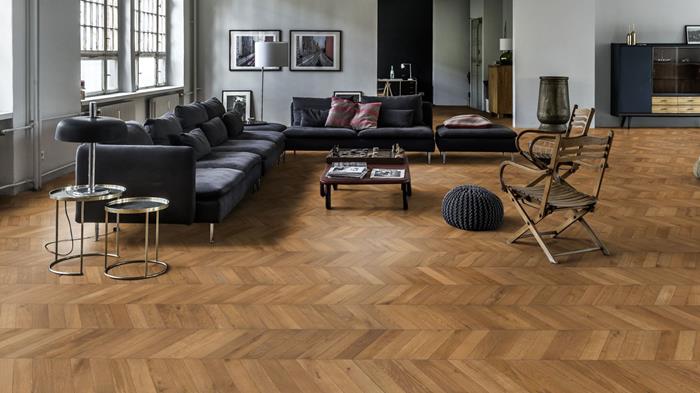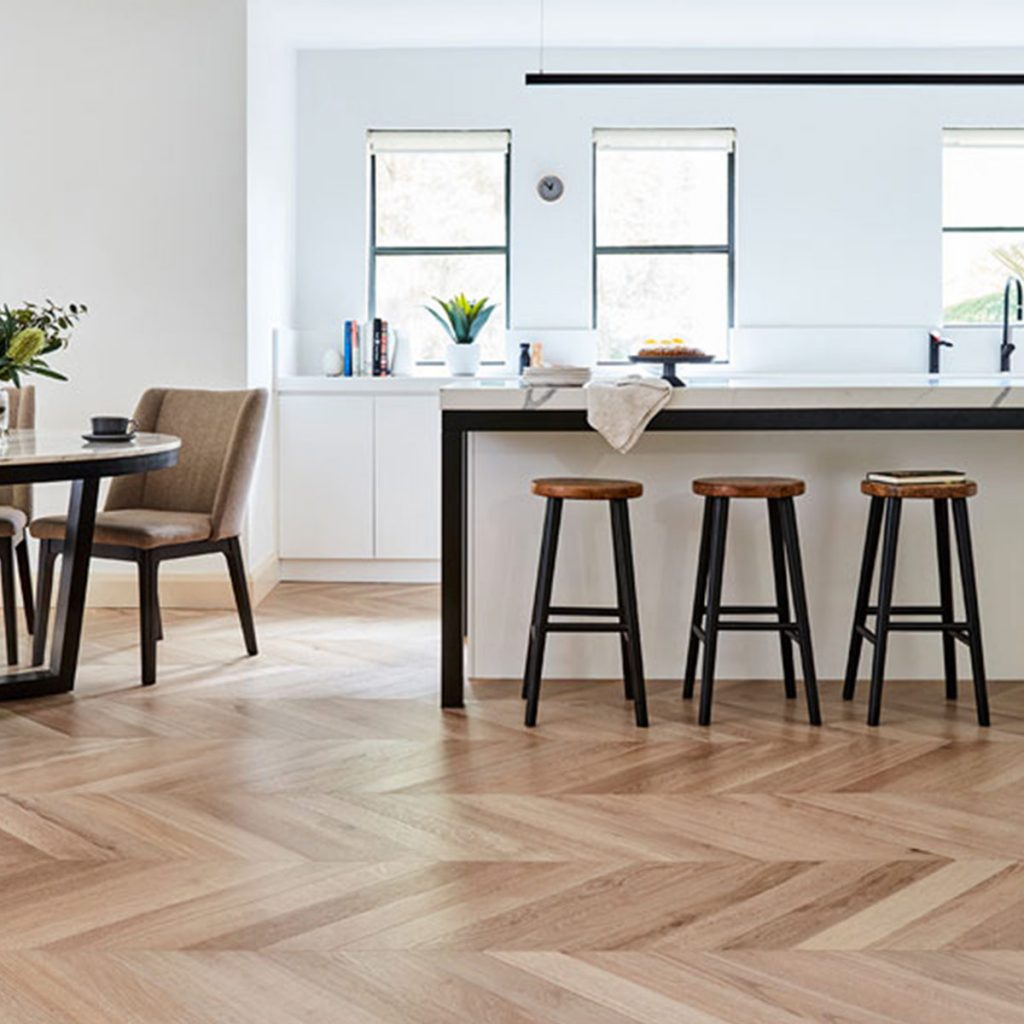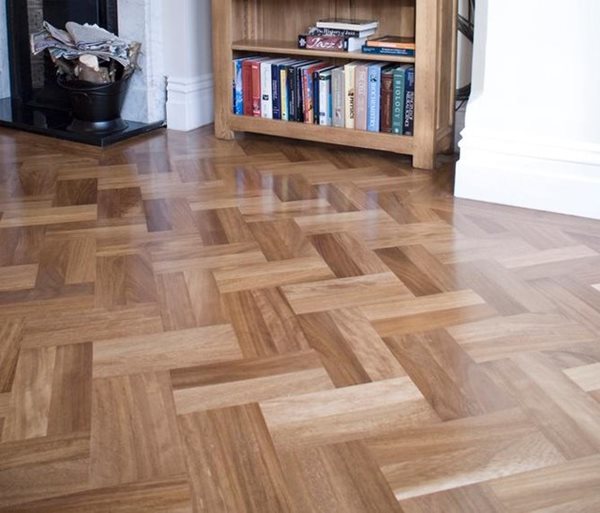Featured Floors: Chevron or Herringbone?
Let’s talk about what pattern to choose herringbone or chevron for your wood floors?
Both styles bring added feature, consistency, and appeal into your space. Each pattern can change dramatically change a room based on the type and colour of wood you choose. Woods with a lot of variation in colour and grain can make your floors look more striking and with daring patterns, whereas lighter woods with less variation will mimic the more traditional wooden flooring seen in 16th century Europe.
The size of the wood floorboard is also something to consider when thinking about herringbone or chevron floors. Thinner planks will create a tighter, more detailed-looking pattern, whereas long and wide planks will create a bolder design. The colour and size of the planks you choose can give your room a whole different look and feel.
Chevron Pattern
Chevron, despite being considered the more modern of the two patterns, also has a rich history. The V-shaped pattern was first seen in the Bronze Age depicted on pieces of pottery. Like herringbone, chevron also showed up in 16th century Europe as a popular type of wood flooring.
The Chevron pattern is bold and eye-catching giving a different effect aesthetically to its cousin the herringbone pattern. This style of floorboard can look amazing in many different colours and types of wood. If you’re looking for the sophisticated, luxe feel – choose a light brown oak. The variation in the warm toffee coloured oak floorboards will make your room that warm and inviting. Finish it off with a light oil and highlight the natural texture of the wood.
The style has pieces of wood set at a 45-degree angle, unlike a herringbone floor where the planks form 90-degree angles with each other. The ends of two planks of wood of equal size are cut on an angle and the ends of the wooden planks are cut at an angle too.
The main difference between Herringbone pattern and Chevron pattern is that the end of the Herringbone planks are cut in a 90 degree angle, while the end of the Chevron planks are cut in a different angle.
Herringbone Pattern
The name herringbone (surprise, surprise) was inspired by the bone structure of the herring fish, and the pattern was first seen in the Roman Empire. The Romans used this pattern to create sturdy paved roads by arranging rectangular blocks. The herringbone pattern appeared again in the 16th century as a popular style for wood flooring, much like we see today.
The herringbone floor pattern is more expensive than the chevron floor. However, the difference in price between herringbone and chevron floors is not so much. Herringbone has a captivating effect with uniquely designed floorboards overlapping the last. It adds diversity to the room and gives the illusion that the room is larger than it really is.
While it is true that the start of the decade saw an explosion of zigzag patterns, chevron patterns have been popular since the ’60s. Yet creative modern designers and innovative homeowners have given the chevron pattern a trendy, hip, and contemporary makeover, making them more appealing than ever before.
Whatever your flooring requirements – call the experts. Beaches Timber Floors can work closely with you to achieve the look and feel you are wanting for your home. Reach out to us today for a free measure and quote on 0401 184 444or email




